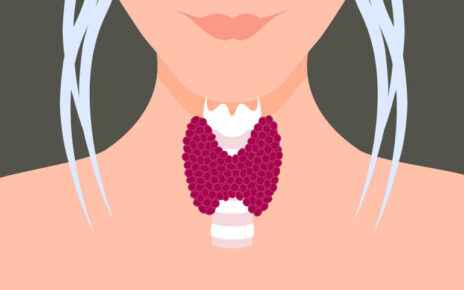The Child Behaviour Checklist (CBCL) is the most famous tool which is used by doctors all over the world to determine the behavioral and emotional problems in children. CBCL checklist is a comprehensive set of questions that are usually answered by the children’s parents or caregivers. It is considered a highly efficient and cost-effective method for doctors to understand the child’s behavior and mood to recommend treatment as soon as possible.
Why is it used
As mentioned above, completing the CBCL is a very fast process and information that is received after the assessment of the checklist can be used in a variety of different ways. Physicians could even recommend the kid to a mental health treatment provider after the assessment of the behavior.
In general, this checklist does not in itself provide the diagnosis for mental health but regardless of this fact it cannot be ignored that this checklist is highly essential in providing all the required information to the treatment provider to come up with a Diagnostic process.
Understanding the behavior in a comprehensive manner is a very important task for treatment providers but when it comes to children, communicating to them for this information could be a difficult task. That is where the CBCL largely works.
Along with the initial assessment, the Healthcare provider could also direct the parents to fill the checklist on a regular basis to assess the child’s progress and if the treatment provided is working. It is a great way to administer the effects and efficiency of the ongoing medications related to the child’s depression or anxiety or even ADHD.
The assessment tools
As mentioned above, this checklist is generally provided to the child-caregiver or parents to complete. That specific person has to assess the behavior and functioning of the child and fill the checklist accordingly.
There are two different types of CBCL:
- School-age: As apparent from the name itself, this version of the CBCL is recommended for children from 6 to 18 and it contains 118 questions related to problem behavior.
- Preschool: This version is recommended to children of Ages 18 months to 5 years and the number of questions in this checklist is 100.
Scores
After fulfillment of all of these questions in the checklist, a trained professional would be responsible for scoring the test and all of the problem areas are then broken down in eight categories that are as follows:
- Withdrawn/depressed
- Thought problems
- Social problems
- somatic complaints
- rules breaking behavior
- attention problems
- anxious/depressed
- aggressive behavior
After this process, a professional would compare the scores to the normal scores. Higher the scores are, the higher the problems.
Pros and cons
The concept of the child behavior checklist is thoroughly researched and famously used. It is also a very cheap and fast method to gather all of this important information. In order to maintain efficiency, this checklist is regularly updated.
The checklist could also be completed on computer-generated reports. One Potential drawback that one could find in the case of CBCL is the problem of self-report bias. It is normal for a parent to over-exaggerate their child’s behavioral condition and symptoms. Similarly, a person could also underreport the symptoms.
Despite being very compact and easy to complete, there are many caregivers your parents that would find the checklist completion process a long one and this could prevent them from filling the forms in a timely manner.





